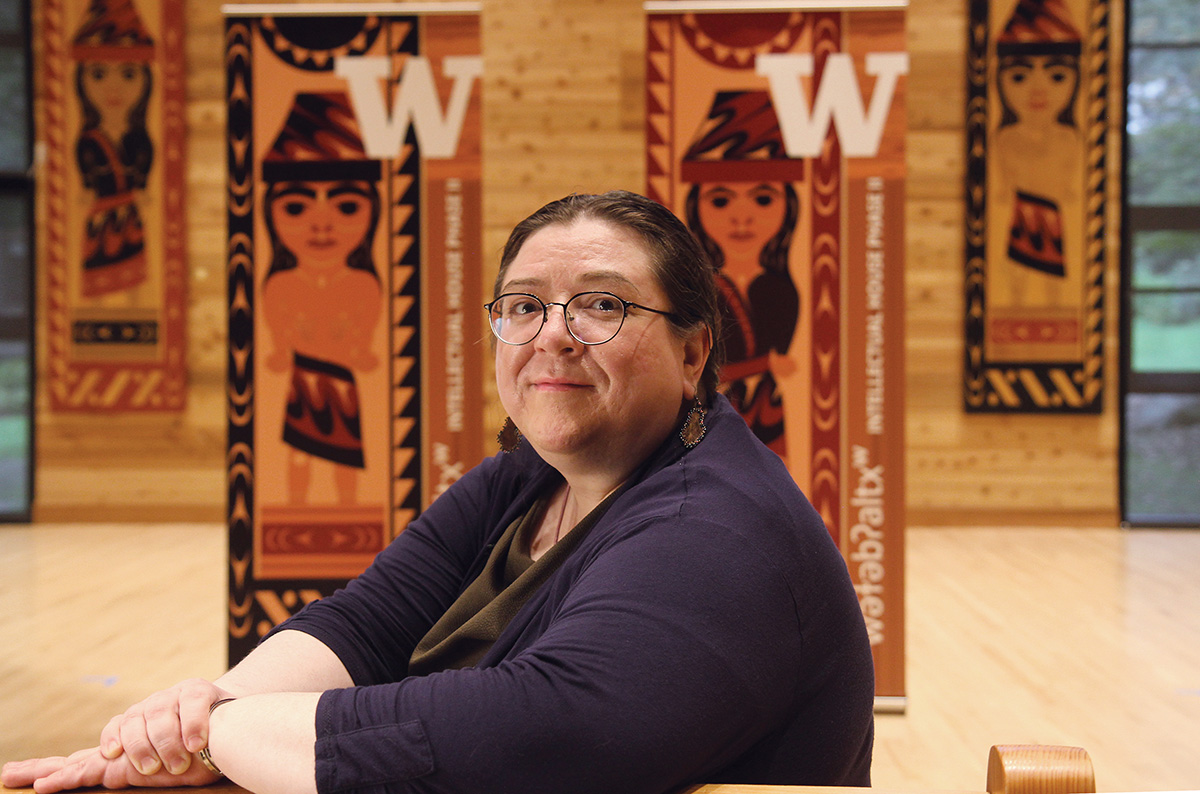
SEATTLE—In the early 2010s, Lisa Dirks was visiting her relatives in Alaska when she noticed an article in the Aleut Corporation newsletter on their dining room table: an item that looked like a research article. As a scholar, researcher, and tribal member, she was curious about its contents, so she picked it up and began reading. She quickly realized that it was a DNA study in which Alaska Native people in the Aleutian Island chain—including Atka, where Dirks grew up—had provided genetic samples for testing and inclusion in a large research database.
The report, written in complex, highly scientific jargon, troubled her immediately—on two levels. First, she wondered what researchers’ ultimate purpose might be for collecting biospecimens and data on her relatives. Second, she was dismayed that the results had been published and disseminated in a way that its participants couldn’t grasp.“It used a lot of technical terms in the field of genetics, like ‘allele,’ ‘haplogroup,’ and ‘genotype,’” said Dirks, who is a member of the Unangax̂ (Aleut) community in the Western Aleutian Islands. “So I asked my relatives, ‘Do you know what this study means? What does it say? Does it make sense to you?’ And basically, they said, ‘We don’t understand it.’”
For Dirks, who has dedicated her career to public health research in Native communities, it was a pivotal moment. It brought into sharp focus the notion of “decolonizing” academic and scientific research through meaningful collaboration with subjects—in her case, with tribes and their members.
This incident, she says, is only one of hundreds of examples in which researchers study Native communities without respecting their needs, concerns, history, cultural sensitivities, and points of view. Moreover, in recent decades, issues with research, medical testing, and data collection have prompted numerous complaints and lawsuits from tribes seeking to regain control over their information.
“It made me very motivated as a researcher to do a better job of sharing information back to the communities so that they can actually learn from it and implement that knowledge in their own ways,” Dirks said. “It also got me excited about the possibilities of involving community members in determining how we share results and working directly with them in that process.”
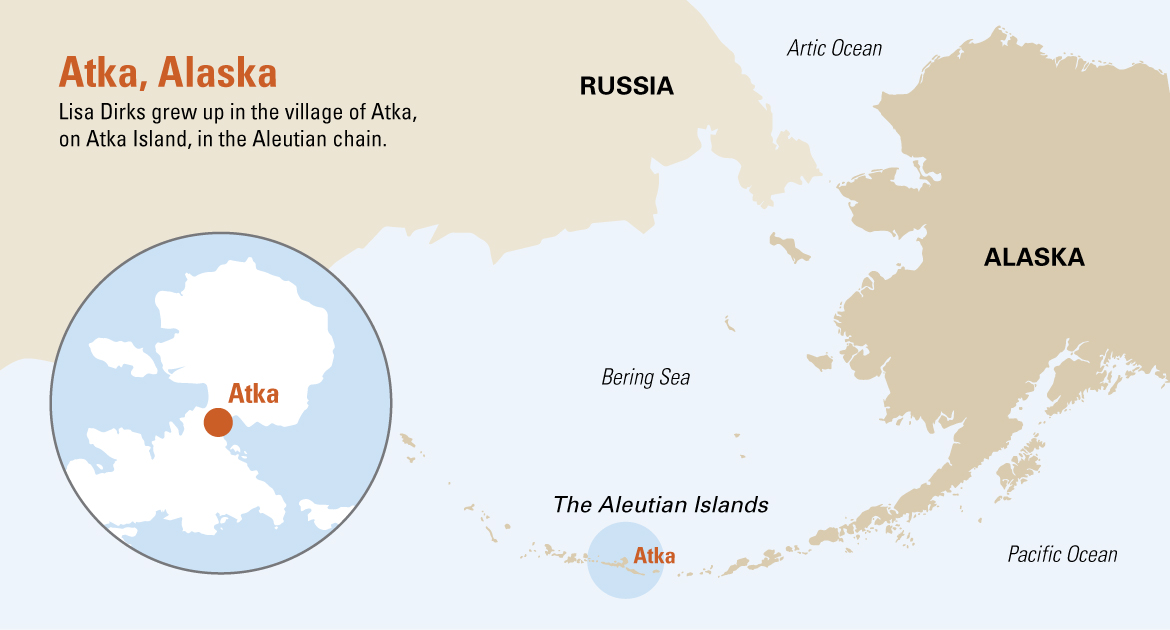
Now a doctoral candidate at the University of Washington’s Information School in Seattle, Dirks has made it her mission to work with the tribes in culturally appropriate ways.
“Research in Native communities hasn’t always been the most ethical, and there has been a lot of harm done,” she said. “There have been a lot of issues, including with informed consent, or not being given consent at all, using biological specimens for reasons other than what the researchers were given permission for, and not getting permissions for sharing information. This has been a big problem in Native communities for years.”
Uninformed consent
In the 1950s, for example, the U.S. Air Force had established the Arctic Aeromedical Laboratory in Fairbanks, Alaska, to conduct human research on medical problems related to climate. During a project to determine whether there were racial differences regarding the effects of a cold climate on the thyroid gland, 102 Alaska Natives from villages in northern and central Alaska were given a radioactive medical tracer, Iodine-131. The radioisotope allowed researchers to track the absorption of iodine in subjects’ thyroid glands, as well as its expression in the production and secretion of thyroid hormones.
The Native test subjects ranged in age from 16 to 90, and included women of child-bearing age, lactating women, and at least one who was pregnant. The Air Force had no guidelines for written consent at the time, so they relied on tribal elders, most of whom did not speak or read English, to recruit their subjects. Additionally, pieces of the documentation also went missing or were incomplete.
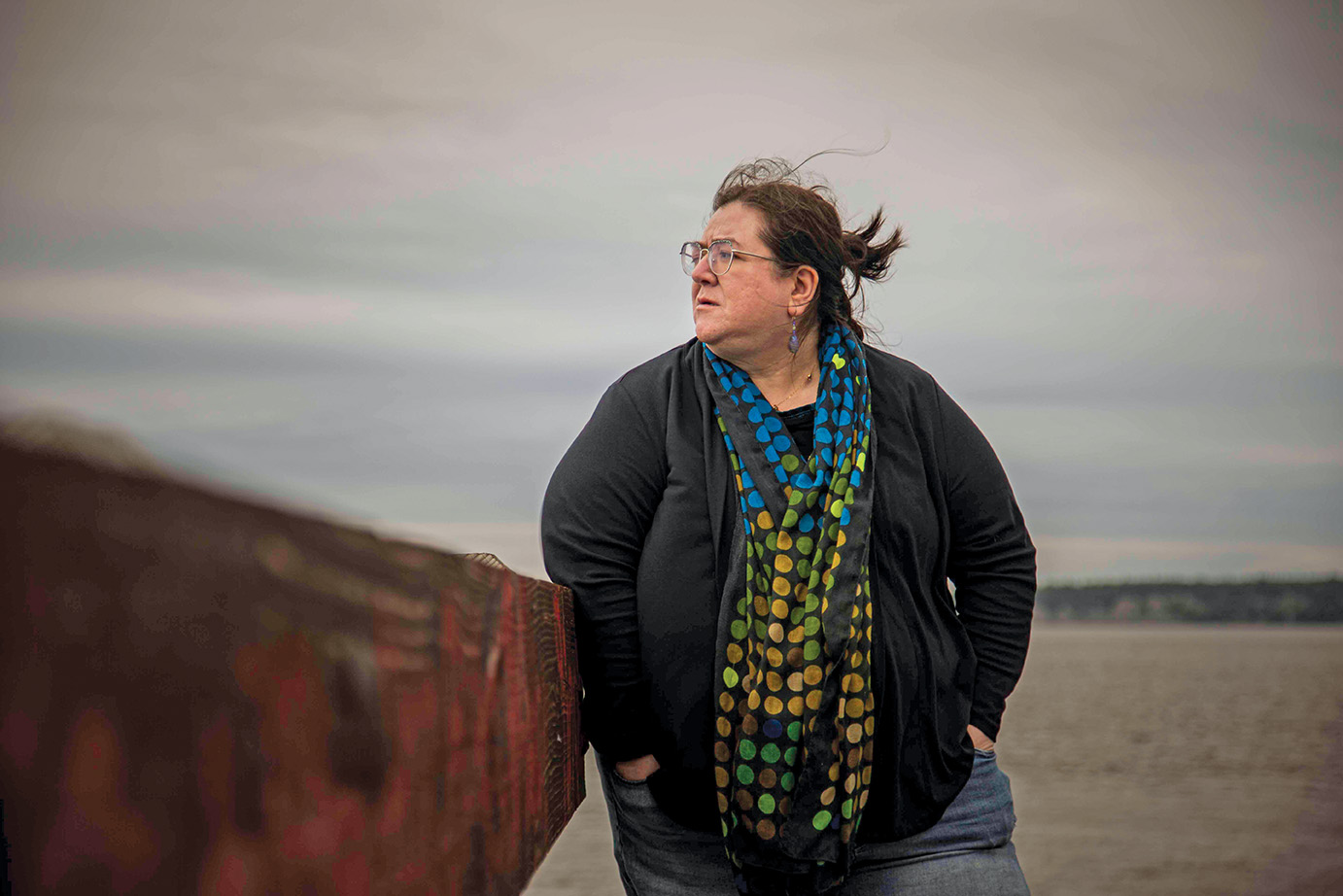
Some villagers reported that they weren’t informed about potential risks or told that they could decline to participate. One villager reported that he believed the capsules were meant to “improve the villagers’ health.”
Ultimately, the study found no race-related differences and concluded that the thyroid played no significant role in human acclimatization in the Arctic. But 40 years later, in the 1990s, the study came under congressional scrutiny for its dubious methodologies. In short, the non-English-speaking villagers in these vulnerable communities felt exploited, endangered, and misled by the researchers. At public hearings in Alaska in the 1990s, Native communities voiced their anger that the research was performed “not to help the subjects or to help their general society, but to help the U.S. military and the general welfare of whites.”
The villagers’ concerns were validated in a 1996 report from the National Institutes for Health: The Arctic Aeromedical Laboratory’s Thyroid Function Study: A Radiological Risk and Ethical Analysis.
The fact that the villagers were recruited unethically— without appropriate consent, documentation, or follow-up—only intensified the simmering mistrust among Native people regarding “research,” Dirks said. Further, the vocabulary often used in studies about the communities has infuriated and alienated many tribes, leading them to avoid participation in these projects.
She points to a 1980 alcohol study in Barrow, Alaska, in which researchers examined alcohol abuse among community members.
“In that study, the researchers took the information they learned and published a press release that eventually made it to The New York Times,” Dirks said. “The headline and article were pretty stigmatizing, but the piece went even farther, basically stating that those Inupiat communities would be gone within a decade. And the researchers shared that information without community insight, context, or approval.”
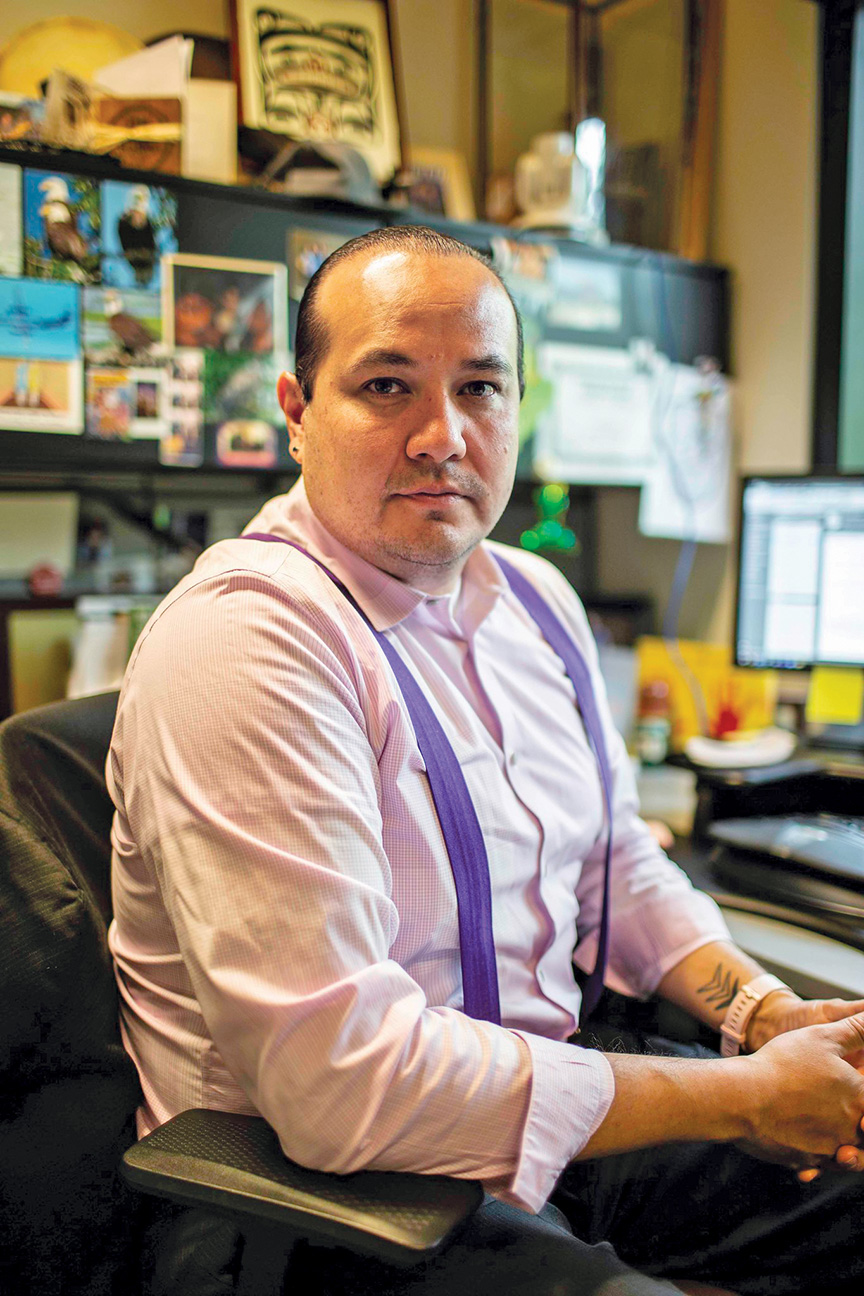
Today, 41 years later, those communities still exist and are thriving, Dirks pointed out. But she says the power imbalance between the communities and the dominant culture influences public narratives that continue to perpetuate stereotypes and stigmatize Native Americans.
“For my research, I’m really hoping to get to the level of the power dynamics between community members and researchers so the community members will be more involved in all of the major processes—from conceptualization to dissemination,” Dirks said. To that end, she said, she always works to establish advisory boards for her research projects that include community members and test subjects.
Myths and legends
Since the time of Columbus, Native peoples have been the subject of thousands of narratives told from the point of view of their colonizers. For over 500 years, European writers, historians, scholars, linguists, health scientists, and other researchers poured into Indigenous communities—to paint, photograph, write, document, measure, test, and collect data about the tribes. But because of language barriers and lack of cultural competence, what they ultimately shared lacked nuance and context at best—and often was wholly incorrect.
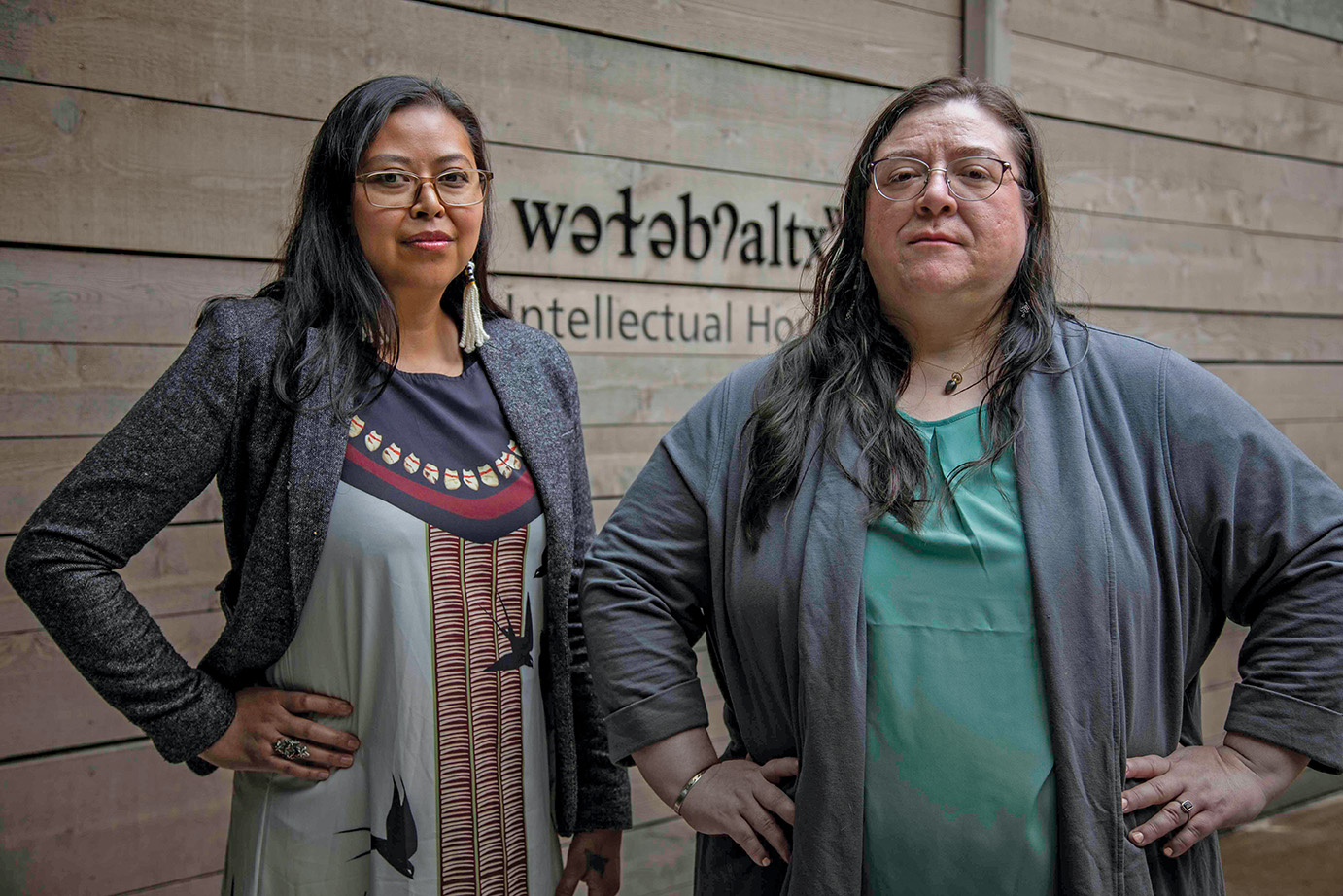
And, because many scholars have relied on previous research and data to shape their own work, the problem has been compounded by centuries of regurgitated misinformation from inaccurate source materials. Nonetheless, careers and large sums of money were made from commercializing information that the tribes did not control—often including their own languages.
Miranda Belarde-Lewis (Zuni/Tlingit), an assistant professor of Native North American Indigenous Know-ledge at the University of Washington Information School, is one of Dirks’s faculty advisors. She says the emerging field of “research and data sovereignty” in Indian Country stems from the tribes’ desire to reclaim their histories, their languages, their stories, their bodies, their data—in many cases, even their true Indigenous names.
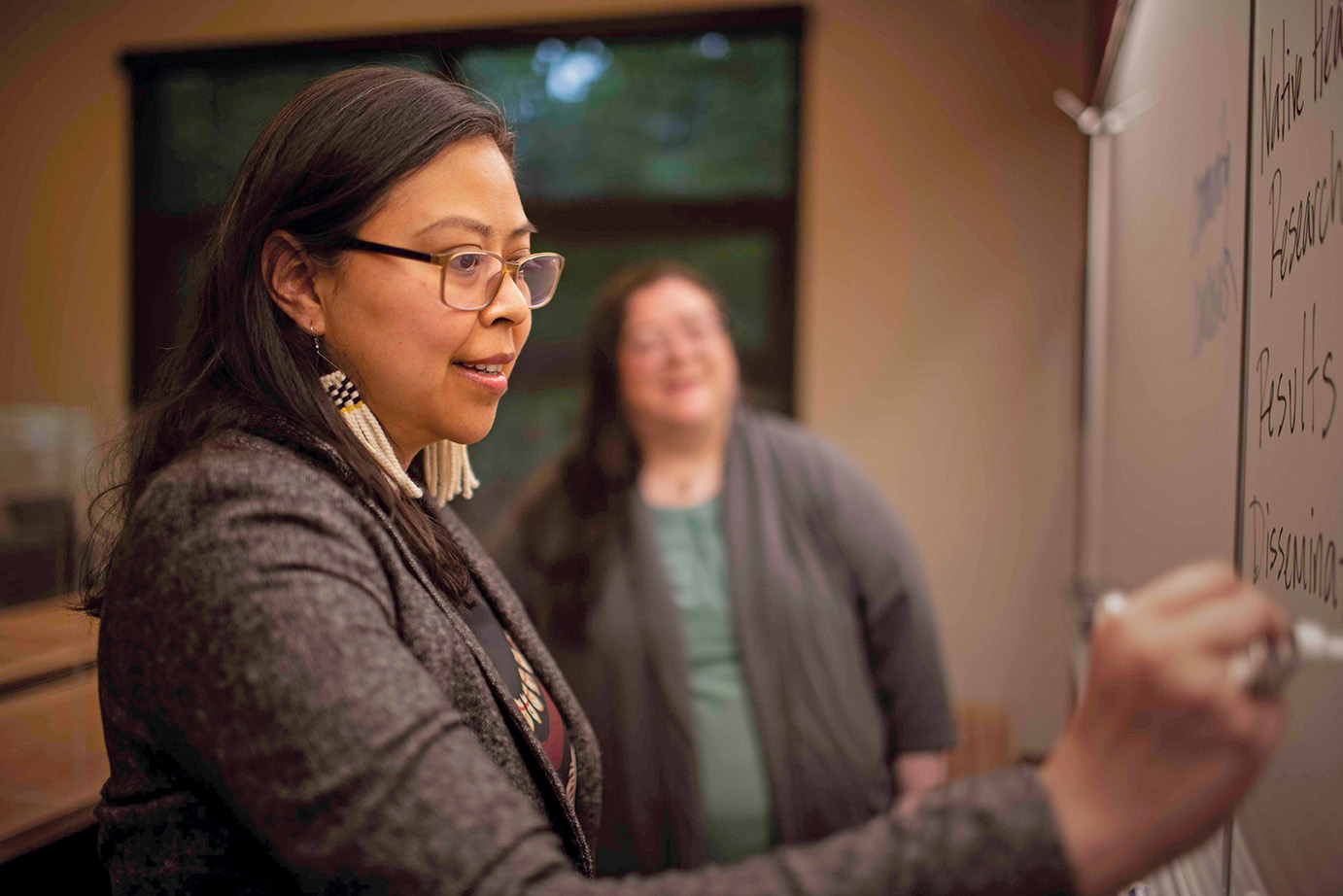
“Native nations have been the subject of extractive and exploitative research practices where scholars and researchers come into our communities, gather what they want and take it away,” Belarde-Lewis said. “Most of the time we don’t have control over where it goes, how it’s used, where or how it’s stored. We don’t have control over who is keeping it, how it is cataloged, or who has access to it. And so for us, we really need to be able to inform the practices of these recordkeeping systems.”
Controlling the narrative is crucial for the purposes of accuracy and cultural relevance, she said.
“For the last several centuries—in academia, especially— Native peoples have been the subject of everyone else’s narrative,” Belarde-Lewis said. “And so it really has created a deficit model in which most academic research about historically excluded peoples has been interpreted through a Western lens. Researchers have a tendency to look at Native communities based on what they’ve learned from these skewed narratives.”
For example, she said, most researchers come into the communities with biases about trauma, alcoholism, poverty, and disadvantage—what many in Native communities sardonically call “poverty porn.”
“The lens that you bring to research really dictates the outcomes that you’re going to get,” she said. “So the questions that you ask determine the answers, and starting with negative questions is going to beget negative answers. This perpetuates the deficit model that unemployment is at an all-time high, for example, or that the graduation rates are down the drain; addiction, intergenerational historical trauma is running rampant through our communities.”
And though many communities do struggle with these issues, socioeconomic problems are only part of a much larger picture in which progress and successes have been minimized or ignored.
“You could look instead at the stories that have carried us through thousands of generations on this land that have ensured our survival up until today,” Belarde-Lewis said. “We can look at so many different aspects of our communities to really see what is working, to help us retain our cultural, linguistic, spiritual, ecological, and political strength in all of those areas. So when Native peoples ask the questions, because we come from these communities, we control the narrative.”
To address the issues around research and data in Indian Country, the Information School at the University of Washington established the Native North American Indigenous Knowledge Initiative (NNAIK). After hiring three Native faculty, the iNative Research Group was formed with a mission to “analyze the institutions, community practices, philosophies and policies around knowledge, information, and technology in support of tribal sovereignty and Indigenous empowerment,” according to the university’s website.
As degree candidates in the first doctoral program of its kind in the world, American Indian/Alaska Native scholars and researchers are examining and reframing how research is conducted and shared back to the communities. The goal is to provide a clearer, more accurate picture of the information and data collected. The first cohort of five doctoral candidates had a 100 percent graduation rate, with a second cohort of five scholars—including Lisa Dirks—on the way.
“One of the motivations for having a group like iNative is because tribal information is part of our sovereignty,” Belarde-Lewis said. “We are asserting our treaty rights and ability to self-determine how we handle our own information—and also the data that’s been gathered about us.” The group works with faculty and staff from departments across the university—in the sciences and the humanities. “It really is an interdisciplinary cross-section of the best that the university has to offer to Native peoples,” she said. “It can really give us a massive toolkit to be able to fight for the rights of tribes to be in control of our own data, information, and knowledge.”
Even before enrolling in the iNative doctoral program, Dirks had earned impressive academic credentials. She holds a bachelor’s degree in anthropology from the University of New Mexico and three master’s degrees: one in health science administration from Northern Arizona University and two in library or information sciences—one from San Jose State University and another from the University of Washington.
Stories are strong medicine
Much of her work in public health has been done in conjunction with the Southcentral Foundation, an Anchorage, Alaska-based nonprofit that provides Indigenous-led health care. She worked there as a researcher before entering the Ph.D. program.
“One of the projects that I worked on was a project looking at perceptions of alcohol misuse and sobriety among Native people in Anchorage,” Dirks recalled.
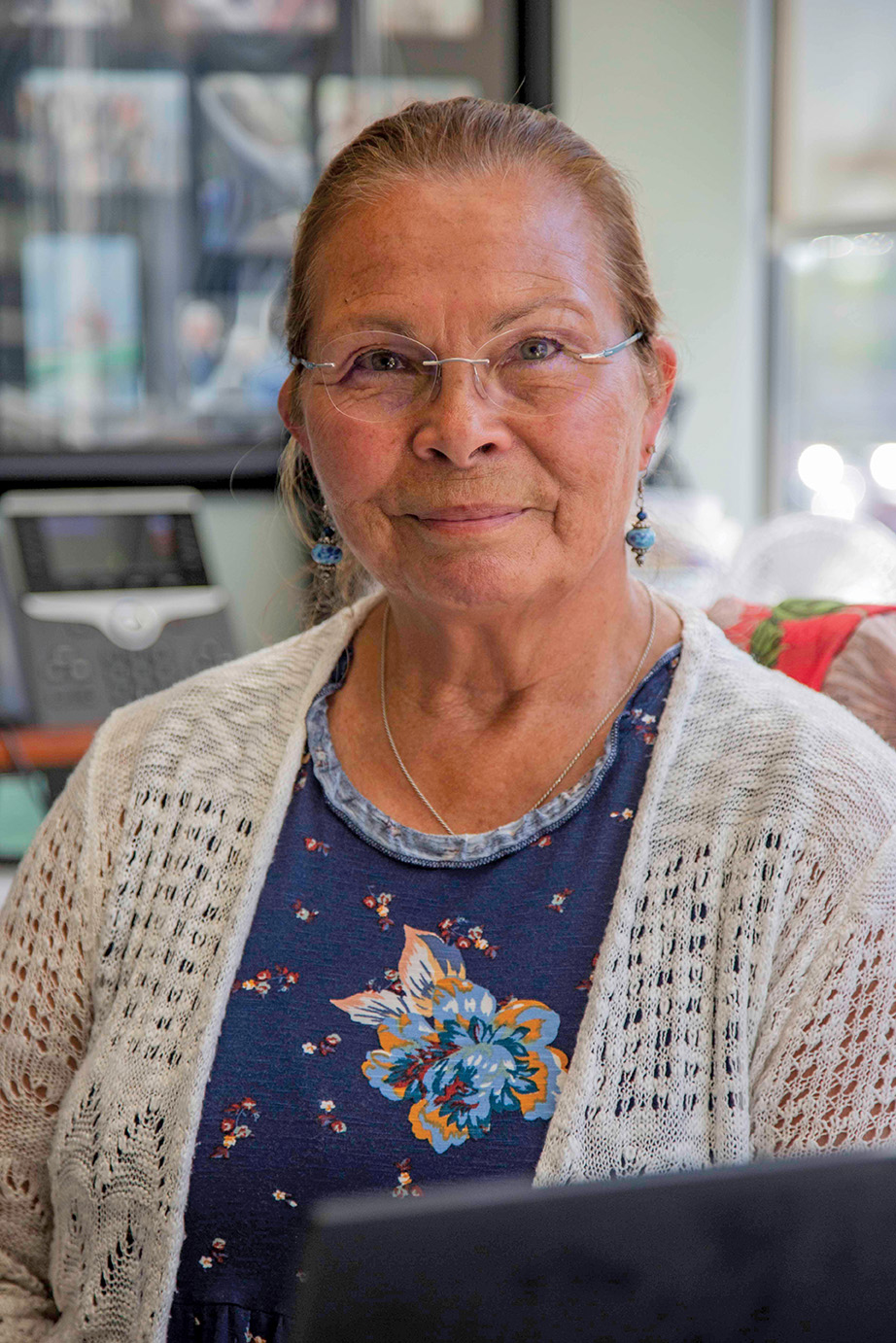
“I got to collect a lot of interview data, and it was through listening to those stories people shared about their experiences of both alcohol misuse and sobriety, where I started feeling, ‘Yes, this is the right place for me.’ And it also got me thinking more about how I might be able to share back the information in a way that was meaningful to them—a way that’s respectful, understandable, and provides enough context so that the beautiful stories they share have meaning.”
Established in 1982, the Southcentral Foundation is a state-of-the-art facility that provides Native-based health care to approximately 65,000 Alaska Natives and American Indians living in Anchorage, Matanuska-Susitna Borough, and 55 rural villages in the region.
Ileen Sylvester is the foundation’s vice president of executive and tribal services, working in a variety of capacities with the board of directors, communications, grant writing, tribal leadership, and community relations. Sylvester says Southcentral’s mission emerged directly from what Native communities identified as their most urgent health care needs based on their previous experiences with researchers and Western medicine.
“My parents were around when the isotope study was happening in the 1950s,” said Sylvester, who is of Yup’ik, Athabascan and Aleut descent and is an enrolled member of the Native Village of Ekwok. “And there are a lot of things that have happened to Native people being used as guinea pigs. … I mean, there are horror stories. So our tribal leadership said, ‘No, we are taking this on. We are going to be the gatekeepers of our information.’”
Sylvester, who has been with the foundation for 25 years, says the executive committee of the SCF board is responsible for approving all research proposals and manuscripts.
“Any project that would touch our people, our resources, and our spaces—(their job is) to hold the researchers accountable, to ensure what they’re doing will enhance and benefit the Alaska Native people,” she said. The foundation also has a specimen bank, which is operated by Centers for Disease Control but, as Sylvester puts it: “very much in partnership with tribal leadership here in Alaska. We get to say who has access to the specimens, what they’re used for, and how we follow up. There is a research agreement that is required, and all data is owned by the tribe.”
The future of research
Dirks has concluded her coursework for her doctorate and will soon complete her dissertation. She hopes that her work ultimately will help provide better care—and healthier people—through research that is conducted ethically, with the respect, cultural sensitivity, and high standards that Indian tribes deserve.
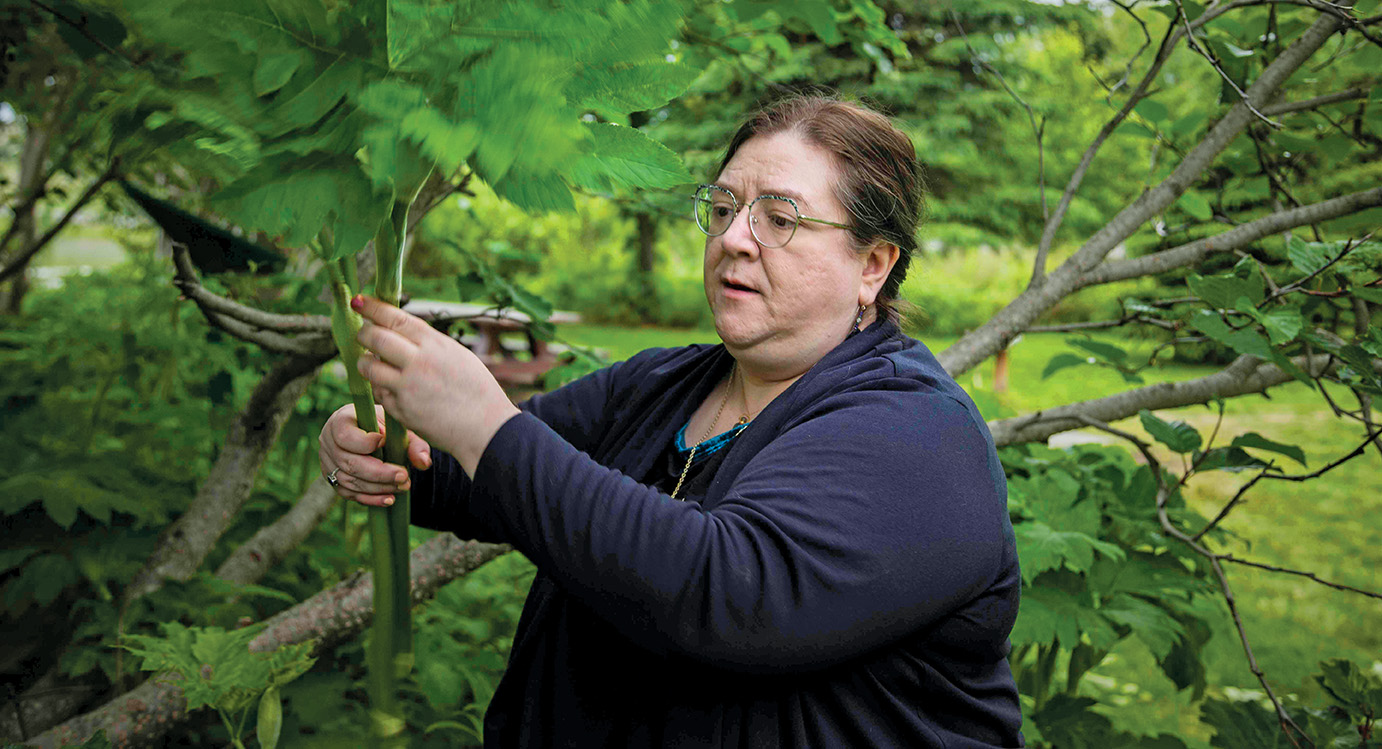
She also says it’s important to work directly with members of Native communities on health-related projects because they know their communities best.
“We have ways of wellness and traditional medicines that could be helpful—and traditional ways of thinking and talking about health that a Western medical practitioner or health researcher may not be privy to,” Dirks said. “When the colonizers took information from Indigenous people, the way it may have been written down or archived could be different from the original intended meaning,” she added. “It’s very important to connect with community members around health—because you get the true story.”
In the meantime, Dirks, Belarde-Lewis, and their colleagues will continue their mission to help reframe and reshape the research being done in Indigenous communities. Because, according to Belarde-Lewis, producing Native graduates and scholars represents a vital contribution to higher education and to the scientific community.
“Indigenous data sovereignty is a global movement, and there are standards that are now being implemented in which researchers are being made aware that Native peoples are in control of the information that is extracted from our bodies and from our communities,” Belarde-Lewis said. “And it will continue to strengthen as these international networks of scholars grow.”
